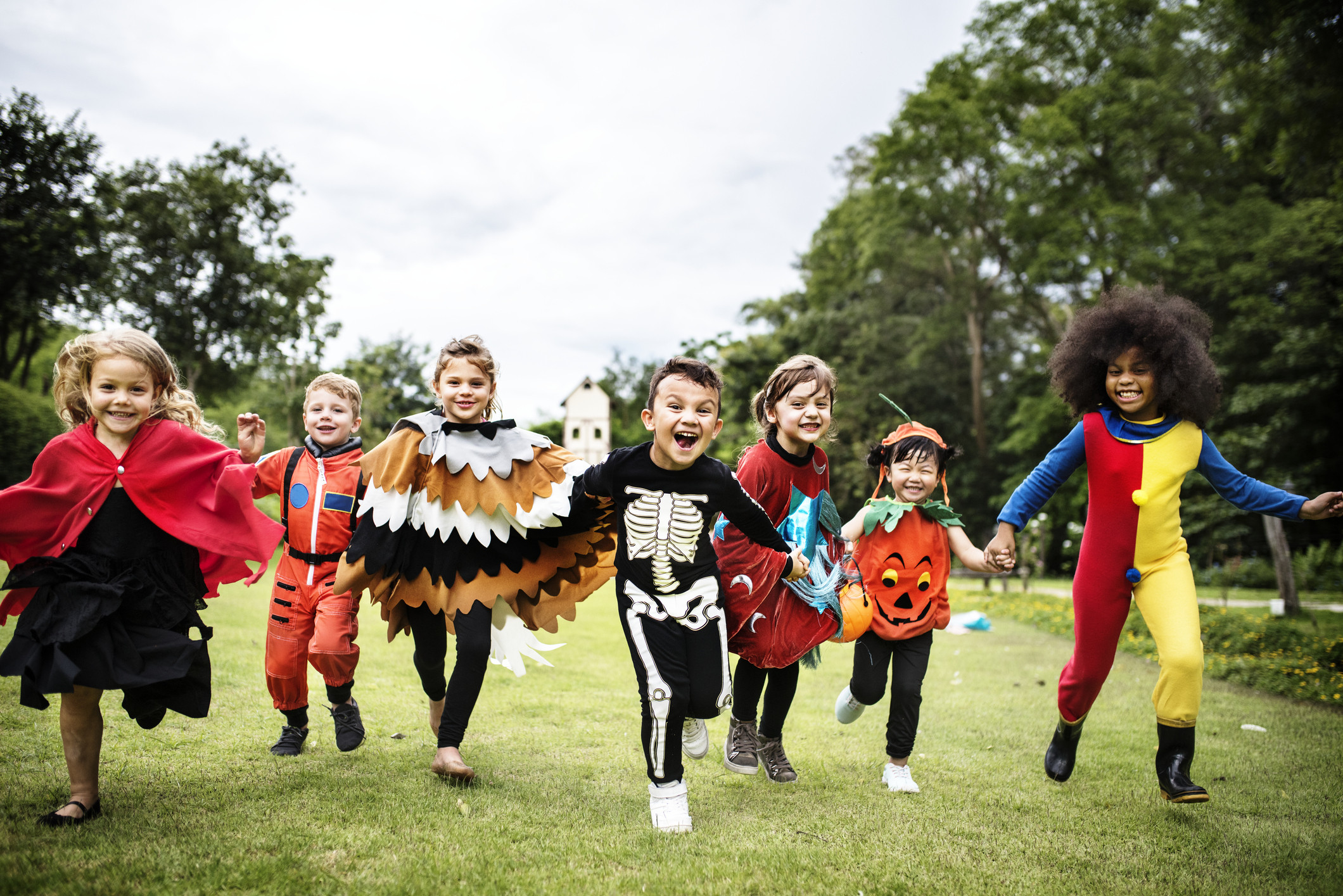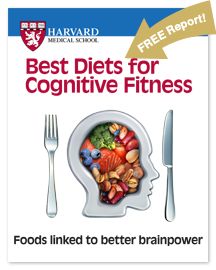Harvard Health Blog
How to have a safe Halloween

Halloween is a magical day for children. They get to dress up, there are festivities at school — and, of course, they get candy. Here are some simple tips from the American Academy of Pediatrics to keep Halloween magical by keeping children safe.
Safe Halloween costumes
As you and your child choose a costume, keep this advice in mind:
- Make sure the costume fits. If it's too big, or too small, it can make it hard to walk and move around safely.
- Make sure that any masks, wigs, hats, or other costume parts don't block your child's vision — instead of a mask, you might want to consider face paint.
- Make sure that any accessories — like swords or wands — are safe and carried safely.
Safe pumpkins
What would Halloween be without pumpkins? As you plan whether they will be scary or silly…
- Remember that kids and knives don't mix. Kids can draw the design and you can carve — or you can have kids decorate with permanent markers instead (which saves you all sorts of scooping out seeds and goop time).
- Consider using flashlights or glow-sticks rather than candles.
- If do you use candles, votive candles are best — and be thoughtful about where you put your pumpkin; make sure it can't tip over and is away from anything flammable. Don't leave a lit pumpkin unattended; if you go out, blow out the candle.
Safe house
It's great to have people come to your house for candy. To keep them safe…
- Get rid of anything that people might trip on.
- Make sure your door and path are well lit.
- If you have a pet that likes to chase, jump, or nip, keep it away from the door for the night.
Safe trick-or-treating
Children are twice as likely to be hit by a car on Halloween than on any other day of the year. Walking around in the dark has its downsides, so…
- Grownups should go along. If children are older (tweens and teens) and want to go alone, the route and ground rules must be decided and agreed upon ahead of time, and they should check in regularly via cell phone.
- Use reflective tape on goody bags.
- Bring a flashlight or glowstick and have it on the whole time, to help people see you.
- Only go to well-lit houses.
- Super important: Stay on the sidewalk, and cross streets carefully and as a group, preferably at a crosswalk.
- If you are driving on Halloween evening, go very slowly, be very watchful for pedestrians, and be extra careful when going in and out of driveways.
Safe treat-eating
Everyone loves Halloween candy. To keep it safe and healthy…
- Wait until you get home to eat the candy. Inspect each piece, throw out anything with a torn wrapper.
- If your child has food allergies:
- Read all labels.
- Know that "fun-size" candies may have different ingredients than the regular ones.
- Don't eat home-baked goods.
- Ration candy after Halloween. Keep it in somewhere you can watch it (not your child's bedroom), preferably out of the reach of small children.
- Introduce the idea that not all Halloween candy has to be eaten. Negotiate an exchange of candy for a prize, for example (you can bring candy to work for coworkers). Look into candy exchanges in your community — sometimes schools, dentists, or doctors will sponsor them.
About the Author

Claire McCarthy, MD, Senior Faculty Editor, Harvard Health Publishing
Disclaimer:
As a service to our readers, Harvard Health Publishing provides access to our library of archived content. Please note the date of last review or update on all articles.
No content on this site, regardless of date, should ever be used as a substitute for direct medical advice from your doctor or other qualified clinician.















